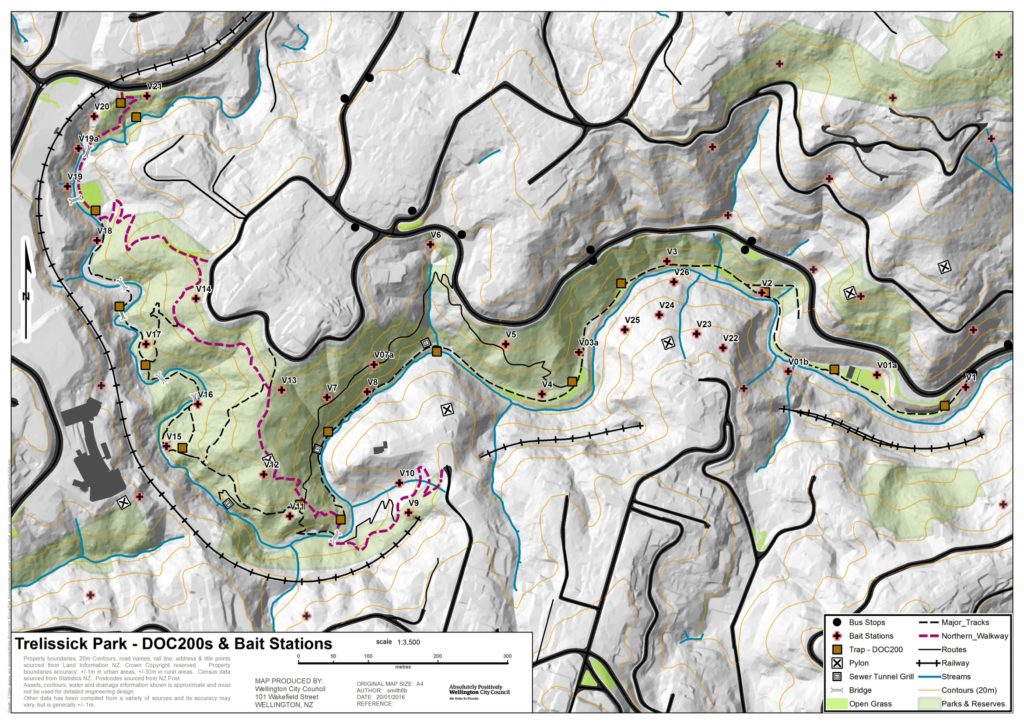It may well be Wellington’s best kept secret – an urban wilderness area where nationally threatened fish species thrive in a meandering stream and where possums were eradicated over a decade ago. An ongoing network of bait stations stops the possums from reinvading and keeps rat numbers down too.
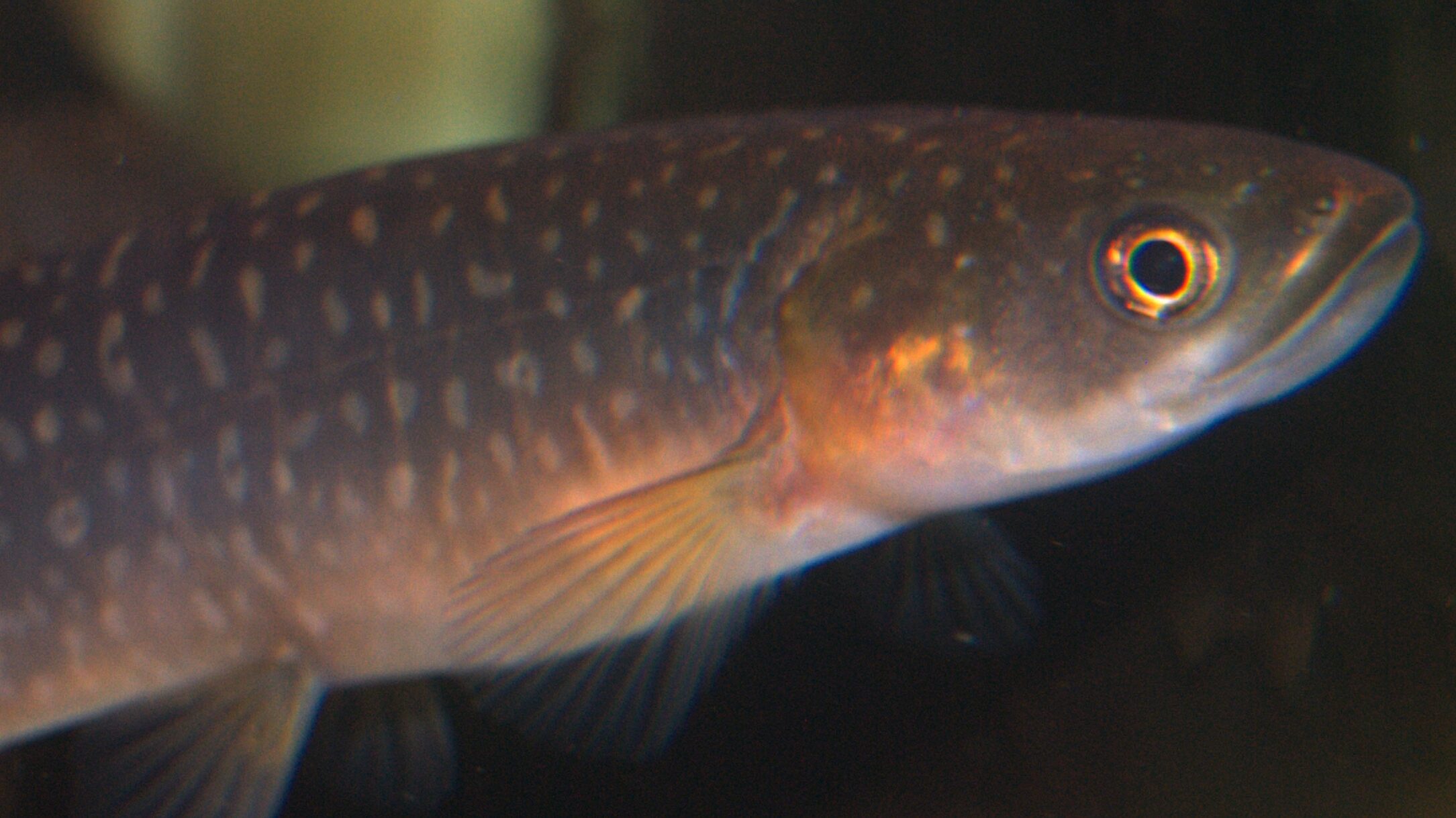
Not that the fish are particularly worried about possums and rats – introduced trout are the more immediate threat and competition for them.
Redfin and bluegill bully, banded, shortjaw and giant kōkopu, kōaro, inanga and longfin eels all live in the Kaiwharawhara Stream, with mature māhoe, tawa, rewarewa, mataī, tōtara, kahikatea and tītoki growing in the surrounding Trelissick Park and Ngaio Gorge area. Keep an eye on the canopy when you’re enjoying a bushwalk and you could spot kererū, tūī and shining cuckoos, even a falcon or visiting kaka.
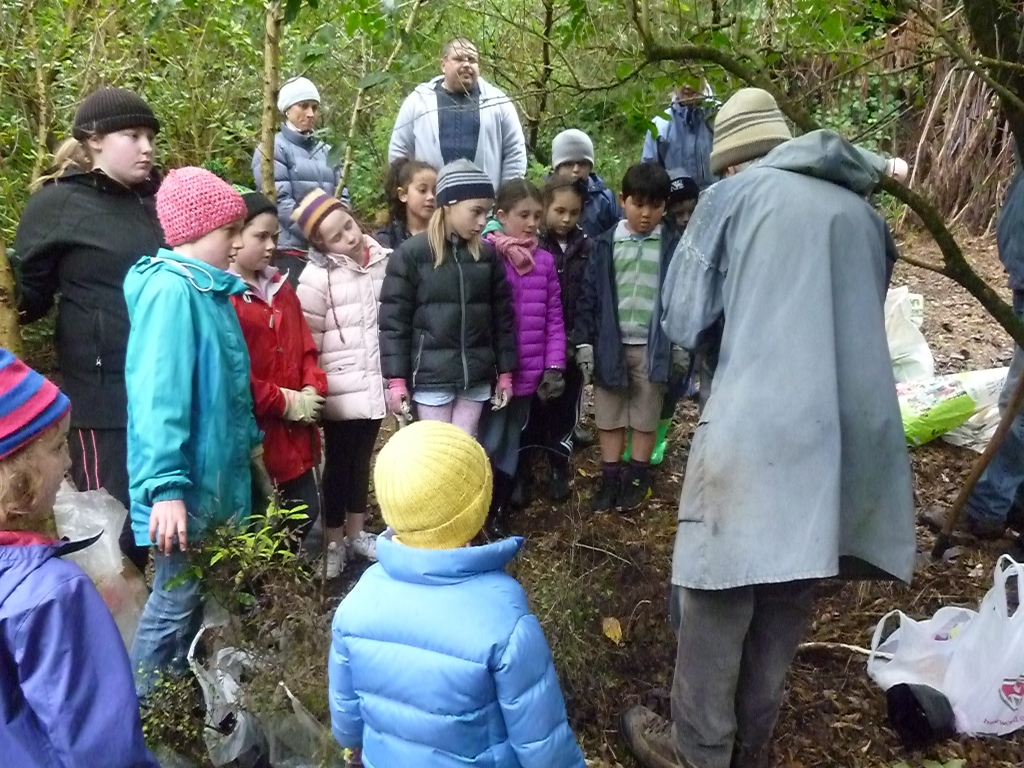
Trelissick Park is located between the Johnsonville railway line and Ngaio Gorge Road. The 20-hectare park forms part of a deep gorge providing a potentially continuous ecological corridor between the harbour and the Outer Green Belt and is under the dedicated care of the Trelissick Park Group (website, Facebook).
The overall 95 hectare Trelissick Park/Ngaio Gorge area was initially identified as a Key Native Ecosystem Management Area (KNEMA) by the Wellington Regional Council in 1997. At that time it was heavily infested by possums, but a Regional Council programme of very aggressive bait station refilling – 375 kilograms of bait – had the possums in the area essentially under control in less than a year. The Regional Council continued servicing the bait stations for 10 years to keep possums from reinvading.
In 2008 the Trelissick Park Group took over responsibility for the 19 bait stations in Trelissick Park and has since increased the number of bait stations to 31. Shortly after the group took over, 15 DOC 200 traps were added, mainly at stream level with the aim of catching mustelids. The number-one catch by far, however, has been rats (138), along with some hedgehogs (17) and mustelids (16).
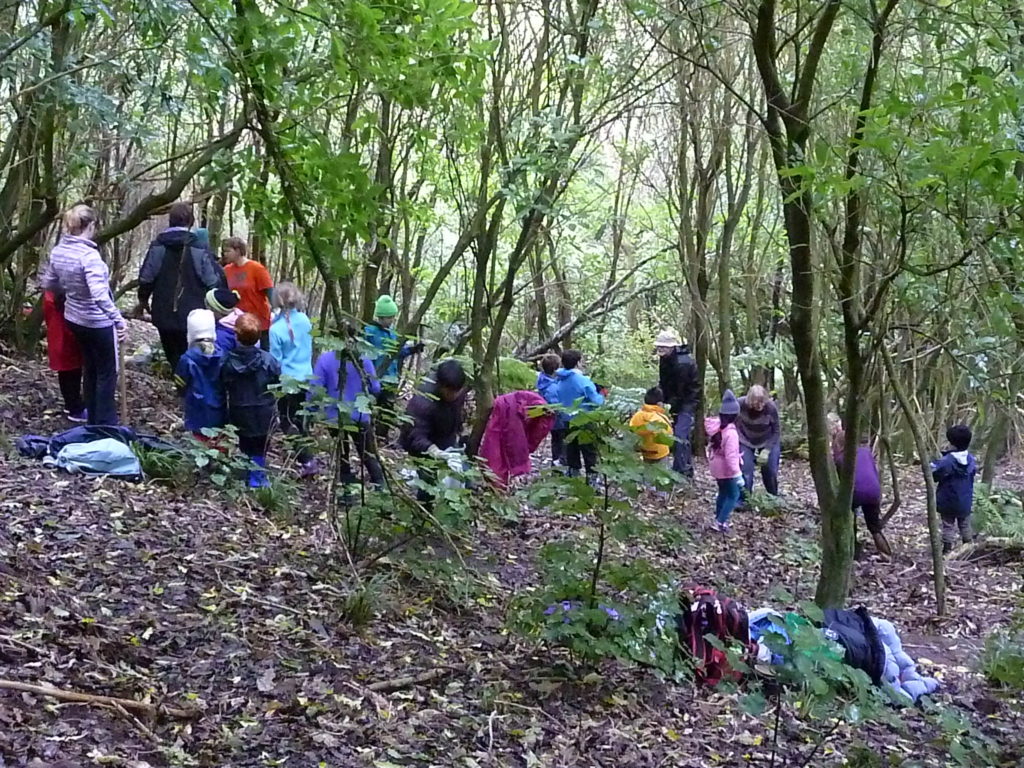
As well as helping to keep predators at bay, the Trelissick Park Group holds regularly working bees to plant new natives and help with weed control in the park. Corporate groups, staff from government departments, service groups and classes from local schools all help out at times and are welcomed by the regular volunteers.
The Trelissick Park Group even runs an ‘Adopt A Spot’ scheme for volunteers keen to help out but unable to make it to the regular working bees. A willing volunteer can choose the location and size of a spot within the park and take responsibility for that spot at times convenient to themselves.
The Trelissick Park Group has planted almost 90,000 native plants throughout the Park in its nearly quarter century existence. The 25th Anniversary of the group’s formation will be celebrated in June this year.
Trelissick Park and the wider Ngaio Gorge area was originally mixed broadleaf-podocarp forest with tawa forming the main canopy. Rimu, kahikatea and northern rata emerged through the tawa. The gorge landscape was changed significantly, however, after much of the forest was milled in the 19th century.
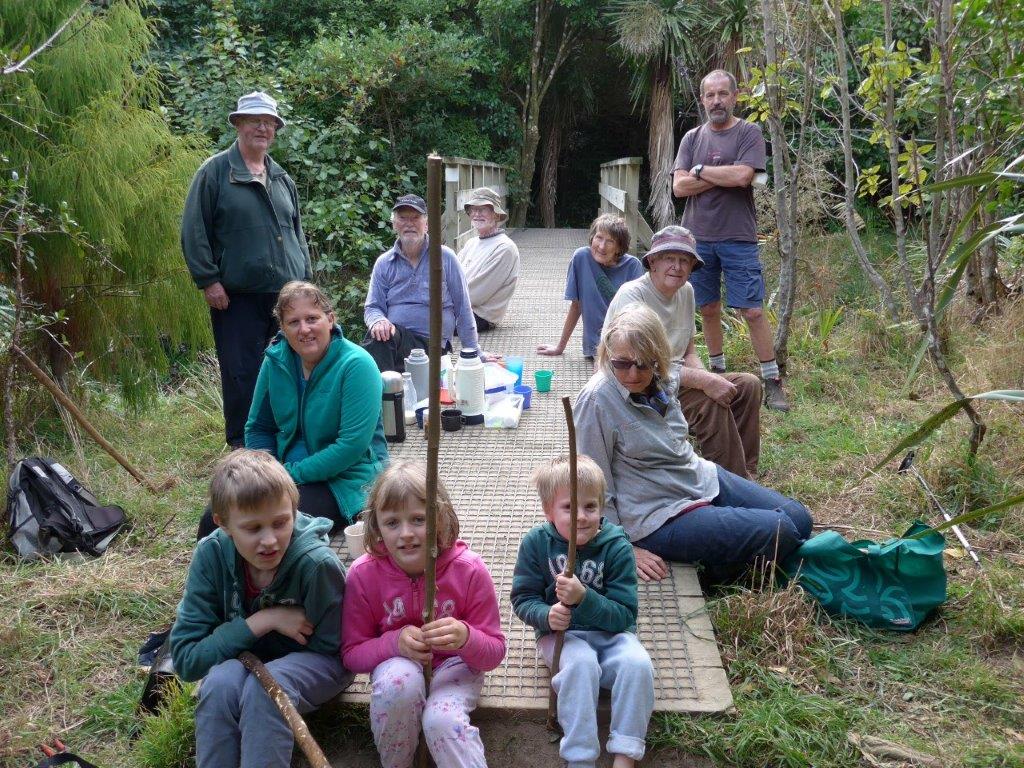
Weeds too have had an impact, as have ‘garden escapees’ – plants that showed their weedy wildside once they escaped the confines of suburban sections. Japanese honeysuckle, bindweed, gorse, sycamore, Asiatic knotweed, old man’s beard, climbing asparagus, blackberry, buddleia, montbretia and tradescantia are the main culprits. As well as volunteer weeding sessions, biocontrol of tradescantia is being trialled in Trelissick Park.
They’re a dedicated band, the Trelissick Park Group and along the way they’ve learnt a few key lessons which they’re happy to share with other urban restoration enthusiasts:
• Minimize bait usage (to prevent rat hoarding and inadvertent bait in environment);
• Regular (monthly) replenishment of bait stations and checking of traps is important;
• Cooperation from neighbouring suburbs is essential to lessen infiltration of predators (nearby Crofton Downs residents have been particularly proactive in trapping in their neighbourhood – an effort that’s much appreciated by the Trelissick Park Group);
• Sustainability of the volunteers is perhaps the most important of all.
There are a few issues they’re currently grappling with too – so if you or your group has a solution, feel free to get in touch. One key issue is bait station design. The group are keen to find a ways to reduce rain ingress and bait spoilage, to attract Norway Rats and to make the bait stations less accessible to children and dogs. They’re also keen to hear of baits for DOC 200 traps that would make them more attractive.

